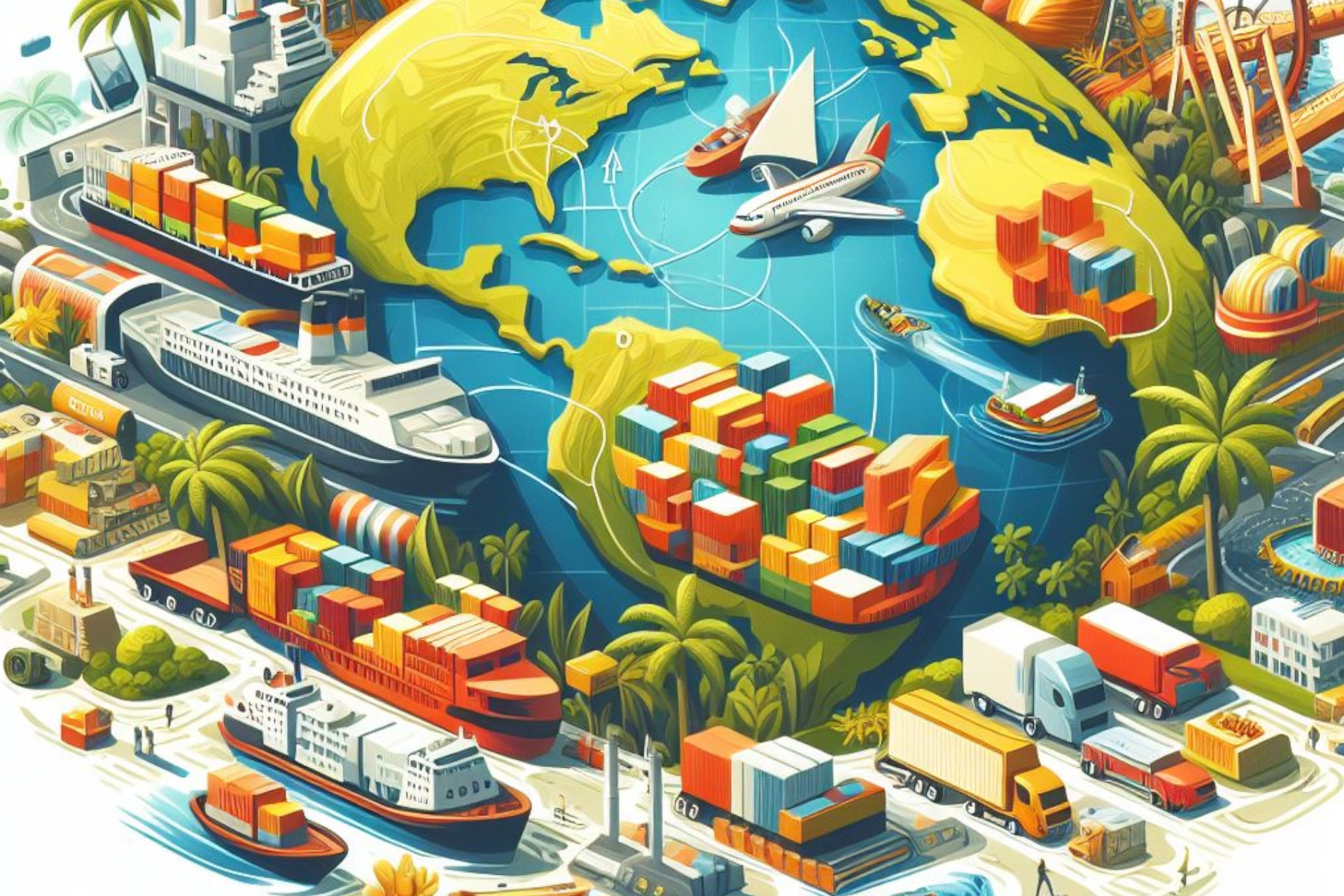Trade barriers, including tariffs, non-tariff measures, trade remedies, and regional trade agreements, can significantly impact international commerce. While some barriers aim to protect domestic industries, others can be used as protectionist tools, distorting market competition. The challenge lies in finding a balance between protecting domestic interests and promoting open markets. As countries continue to engage in trade negotiations, addressing trade barriers remains a crucial objective to foster a more inclusive, efficient, and sustainable global trading system.
Tariffs: An Obstacle to Free Trade
Tariffs are one of the most common trade barriers imposed by governments. They are taxes imposed on imported goods, making them more expensive and less competitive in the domestic market. Tariffs serve multiple purposes, including protecting domestic industries, generating revenue, and addressing trade imbalances. However, they can hinder free trade by raising prices, reducing consumer choices, and distorting market competition. Tariffs have been a contentious issue in international trade negotiations, with countries striving to lower or eliminate them to promote open markets.
Non-Tariff Barriers: Regulatory Obstacles
Non-tariff barriers encompass a wide range of measures that impede trade without the use of explicit tariffs. These barriers include quotas, licensing requirements, technical standards, sanitary and phytosanitary measures, and administrative procedures. While some non-tariff barriers serve legitimate purposes such as protecting human health or ensuring product safety, others can be used as protectionist tools. Non-tariff barriers can be particularly challenging for businesses as they often require compliance with complex regulations, certifications, and documentation, which can increase costs and create market entry barriers.
Trade Remedies: Balancing Competing Interests
Trade remedies are measures taken by governments to address unfair trade practices or protect domestic industries from harm caused by imports. These remedies include anti-dumping duties, countervailing duties, and safeguard measures. Anti-dumping duties are imposed when imported goods are sold at prices lower than their domestic market value, harming domestic producers. Countervailing duties are levied to counteract subsidies provided by foreign governments to their industries, creating an unfair advantage. Safeguard measures are temporary restrictions imposed on imports to protect domestic industries facing a sudden surge in imports. While trade remedies aim to address unfair trade practices, they can inadvertently lead to retaliatory actions and escalate trade tensions between nations.
Regional Trade Agreements: Balancing Integration and Exclusivity
Regional trade agreements (RTAs) are agreements between two or more countries in a specific region to reduce trade barriers among themselves. These agreements promote regional integration, enhance market access, and foster economic cooperation. Examples include the North American Free Trade Agreement (NAFTA), the European Union (EU), and the Comprehensive and Progressive Agreement for Trans-Pacific Partnership (CPTPP). While RTAs can create opportunities for businesses by streamlining trade within the region, they can also create barriers to non-member countries. This exclusivity can complicate global trade dynamics and lead to fragmented trading blocs.
Related Information



















































